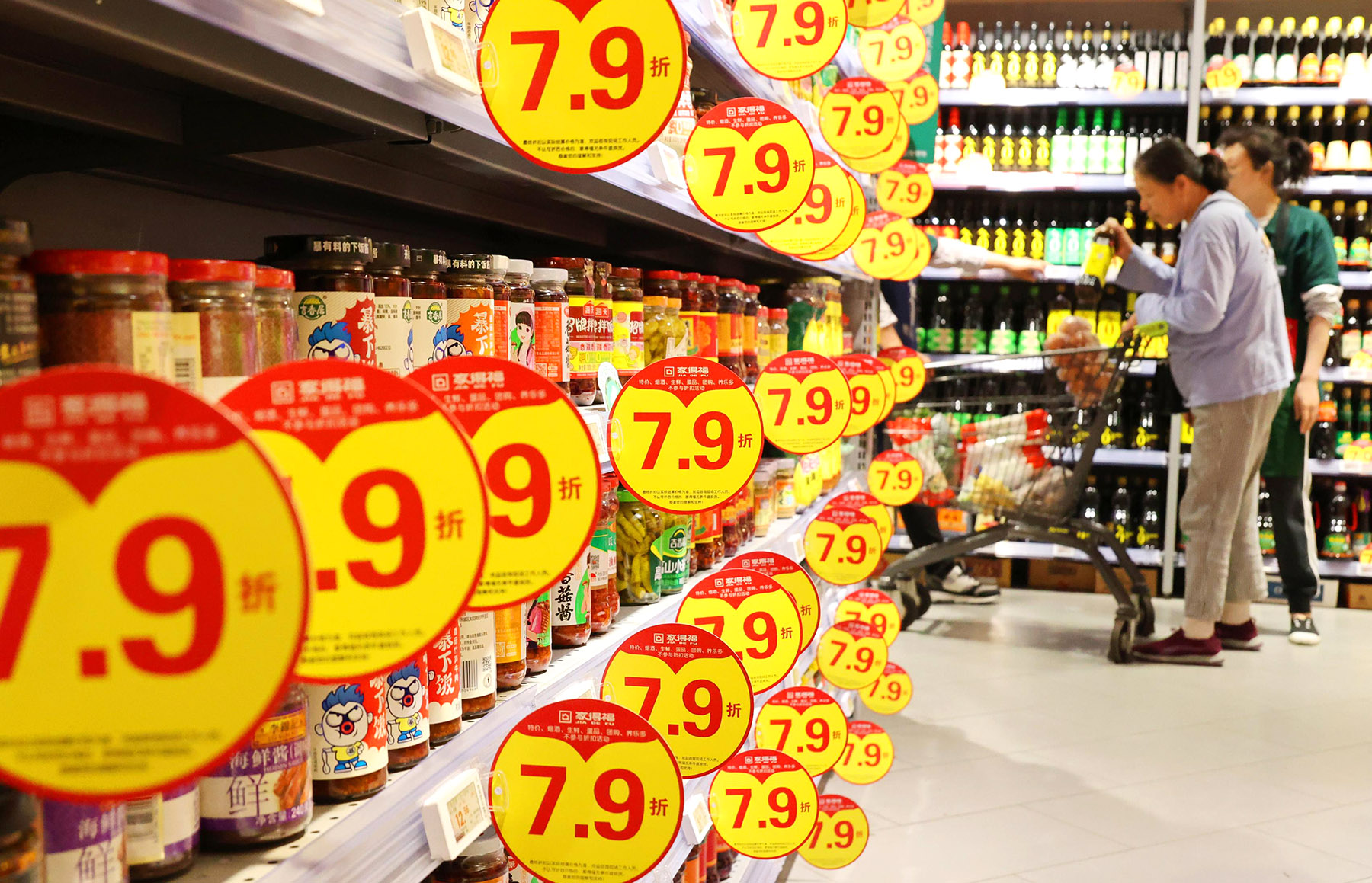Analysts underline demand recovery, resilient exports, low comparison base

China's economy is set to rebound steadily in the second quarter given steady demand recovery, resilient exports and a low comparison base in the previous year, analysts said.
They noted the country is heading in the right direction with regard to dealing with structural issues like property woes, saying more efforts should be made to overcome housing troubles and boost effective domestic demand.
Their comments came after data from the National Bureau of Statistics showed on Monday that China's economy is showing signs of stabilization in May with improvement in some key indicators and new growth drivers gaining momentum.
READ MORE: Economist: Goal of growth achieveable
Liu Aihua, an NBS spokeswoman, said May's steady economic rebound was led by strong policy stimulus, improvement in external demand and the positive impact of the May Day holiday on consumption.
NBS data showed China's retail sales, a key measurement of consumer spending, rose 3.7 percent year-on-year in May versus the 2.3 percent rise in April.
China's value-added industrial output grew by 5.6 percent in May, while fixed-asset investment increased by 4 percent in the January-May period.
"Looking ahead, China's economy will likely continue the recovery trend with China's innovations gaining further momentum, ongoing industrial upgrading, gradual recovery in domestic demand and strong policy stimulus," Liu told a news conference held in Beijing on Monday.
Meanwhile, she cautioned that the correction in China's property sector is still ongoing.
For the January-May period, China's property investment fell 10.1 percent year-on-year while sales area of new properties slumped 20.3 percent, compared with 9.8 percent and 20.2 percent falls in the first four months, respectively, said the NBS.
Liu said the implementation of a series of recently eased housing policy measures will gradually stabilize the property sector.
Zhou Maohua, a researcher at China Everbright Bank, said the latest data suggest that the recovery in domestic consumption and demand is steadily gathering steam, pointing to a more balanced recovery in the world's second-largest economy.
"Given the steady demand recovery, the resilient exports and the low base effect, China's economic growth will likely accelerate in the second quarter, laying a solid base for achieving an annual growth target of around 5 percent this year," he said.
While the potential improvement in consumption and a factory boom may help offset the housing slump in the second half of the year, Zhou called for stronger policy efforts to deal with the persistently low prices and further housing easing policies.
ALSO READ: China's consumer prices up for 4 consecutive months
"More forceful property easing measures, rather than the slow-drip of incremental measures seen last year, are now necessary and likely if authorities were to successfully engineer a desired shallow house price correction path," said Louise Loo, lead economist at British think tank Oxford Economics.
On the monetary policy front, May's weak credit and money data continue to point to the eroding effectiveness of traditional monetary tools like outright rate cuts, Loo said.
Given the weakness in currency and the delay in Fed rate cuts to the end of the third quarter, she said her team has pushed out the People's Bank of China rate cut calls to the fourth quarter, versus a previous expectation of a cumulative 20-basis-point cut in the second quarter and the third quarter.
"Still-squeezed bank net interest margins, capital outflow concerns and persistently poor credit demand have been the reasons we think monetary easing will act only as a very modest, secondary stimulus tool this year," she said.


